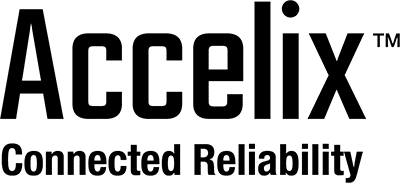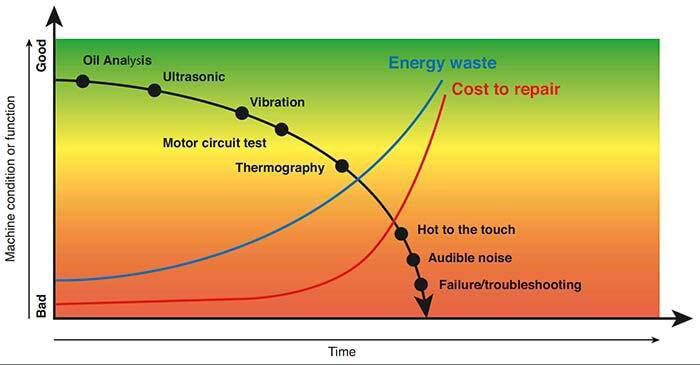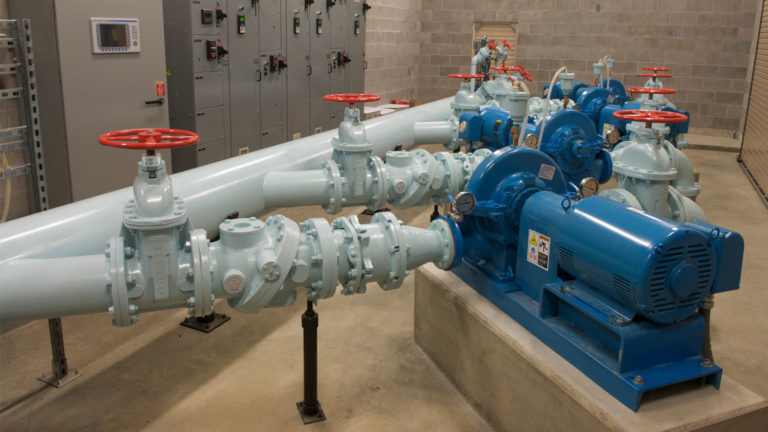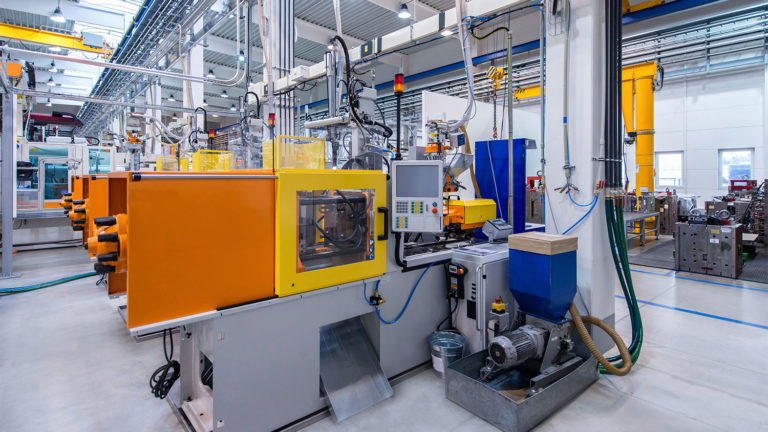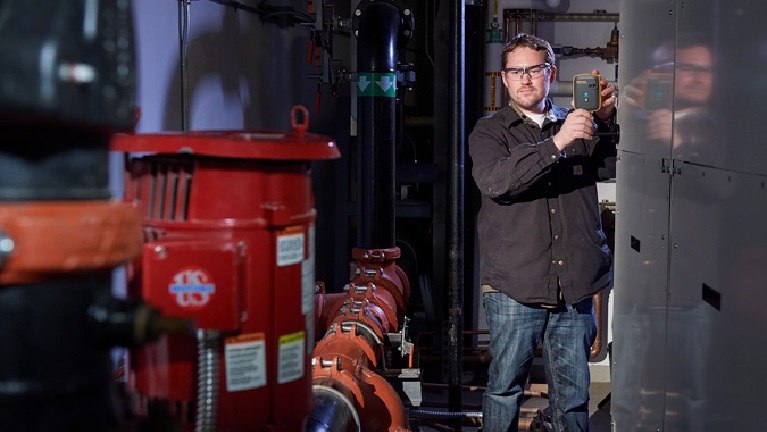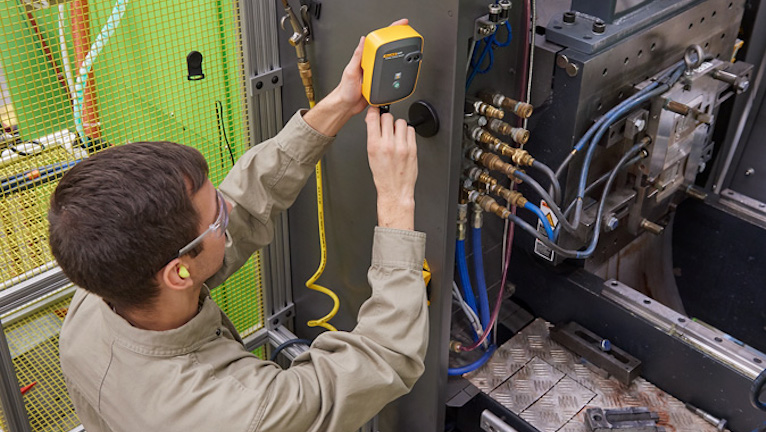How to pivot your reliability journey to capacity assurance
For some maintenance managers, realizing that IIoT (Industrial Internet of Things) devices won’t automatically fix their production capacity issues is kind of like a blockbuster movie with a depressing ending.
Cheer up! Indeed, new technology is not the first step in most improvement processes. But it’s also true that we’re much better these days at assessing readiness for improvement and charting the best path forward.
The key is to evaluate the facility, as well as its people and processes. To that end, Greg Perry, Capacity Assurance Consultant with Fluke Accelix, recently sat down with podcaster Dez Blanchfield to walk him through how these evaluations of production capacity work.
“Many people think that when they install a CMMS (computerized maintenance management system), they’re installing reliability. But they’re not, and they can’t,” Perry says. “Reliability is the practice of understanding machine failure patterns and of knowing what inspections need to be, followed by what maintenance interventions [are needed] at what point in the cycle to keep machines online with the minimal amount of interruption.”
Whenever he visits a facility, Perry uses a longstanding industry tool called the P-F Curve to determine what kind of inspection to do on various types of equipment. Perry values actionable data—in other words, data that reveals telltale signs of potential problems.
The P-F curve, used for Potential for Failure machine analysis
Often, the problem he encounters is helping customers bridge the gap between their current state of operations and the reliability mindset necessary to leverage the P-F Curve. A lot of folks simply aren’t ready, he says.
A few years ago, Perry started to suspect that his classic reliability assessment wasn’t asking enough questions. So, he tightened his focus on outcomes: What were the facility’s desired levels of production and profit? He also began applying the lens of people and processes.
He came up with something he calls “capacity assurance.” It’s all of the rationale necessary to convert the whole operation into a reliability and actionable data mindset.
Maintenance + Reliability + Actionable Data = Capacity Assurance
Capacity Assurance Maintenance (CAPM), according to Perry, sets a target baseline for how much capacity your machinery should offer to meet productivity goals. Then it works backward to align your maintenance practices.
- Which are the most critical machines for the operation?
- What are their most likely failure points?
- What indicators should you monitor (using IIoT sensors and software) to identify when machines need maintenance?
- Finally, how do you integrate this data into your workflow?
CAPM is a mixture of reliability, maintenance, and communication practices that precisely aligns teams to do what is needed. People with the capacity assurance mindset are thinking about the inherent reliability of machines and how to operate as a team to keep those machines continuously at peak reliability.
For capacity assurance to work, teams must receive asset health data that they trust, and a workflow designed to infuse that data into team communications and assignments. Perry thinks of it as “end-to-end connectivity.”
In the two podcast episodes, Perry frequently highlights the importance of actionable data. By this, he is referring to the readings, measurements, and other data points that align with OEM thresholds designed to identify changes in machine performance. To obtain actionable data, he advises using strategically placed vibration and temperature sensors.
So now, we’ve come back around to technology (a happy ending, perhaps?). IIoT-connected sensors and digital workflows (i.e., CMMS) are a useful way to collect data and connect it to the process and the people who will act on it, as long as you start with the process.
Perry emphasizes looking at these connected systems not just as a platform or ecosystem, but as a framework made up of machines, sensors, data, software, analytics, and practices. He emphatically wants to avoid the silos that have been in place for decades.
“To be truly horizontal,” he says, “we want to call it a framework. A framework is something that’s living.”
Fluke calls this the “Connected Reliability Framework.”
“We want to connect equipment, assets, and data,” Perry stressed. “We want to connect them through synergies with processes and people, together, because that’s where you’re going to get true reliability.”
For more information on this journey to capacity assurance, listen to the two-part podcast series between Greg Perry and Dez Blanchfield.
Episode 1: Conversations with Dez podcast recording with Greg Perry
Episode 2: Conversations with Dez podcast recording with Greg Perry
Additional resources:
The P-F curve and the path to capacity assurance
Your guide to capacity assurance maintenance
Accelix™ Connected Reliability Framework
